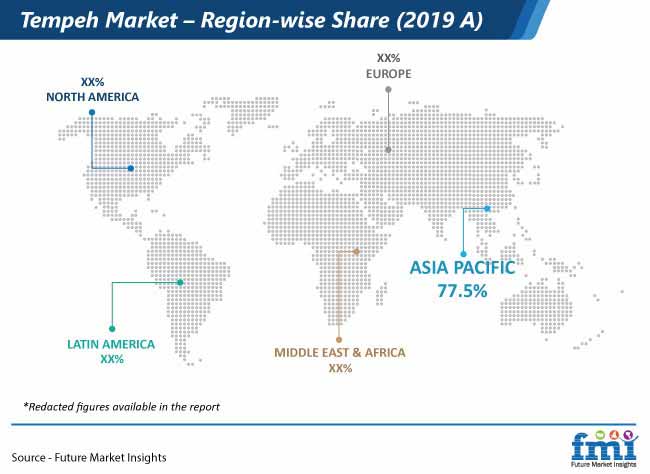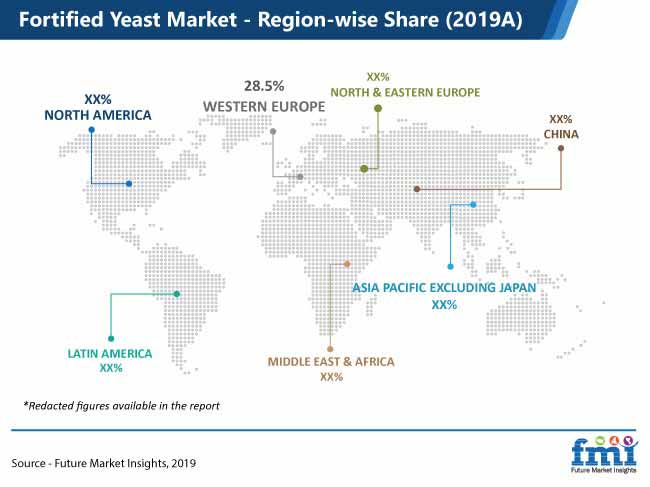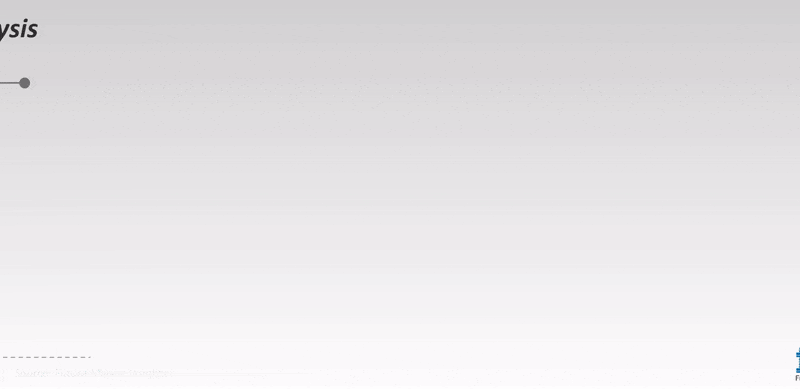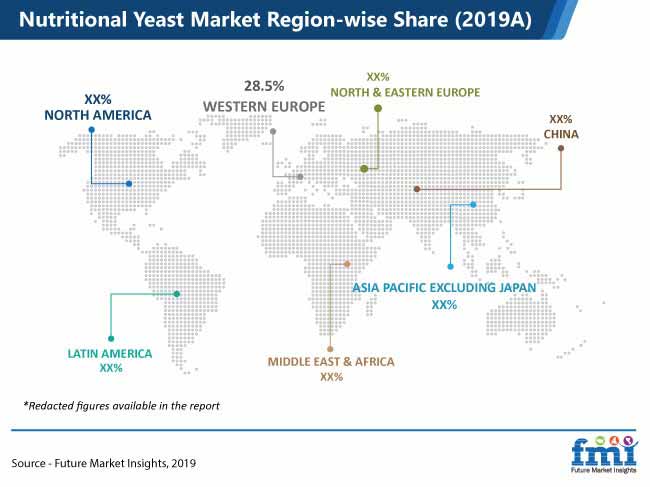Demand primarily driven by growing thrust on military operations, the global sales of military parachutes is expected to peak at approximately US$ 918.4 Million in 2019, registering a moderate 4.3 percent annual growth in the global revenue, through the same time period.
As per a recent market research intelligence report released by Future Market Insights (FMI), with governments of major developed economies having increased their overall military budget and spending in the last few years, demand for military parachutes, too is estimated to grow. Growing instances of joint para-trooping exercises and increasing air-borne combing will substantially contribute to the sales of military parachutes.
Get | Download Sample Copy with Graphs & List of Figures:
https://www.futuremarketinsights.com/reports/sample/rep-gb-8141
North America to Dominate Military Parachute Landscape; APAC Fastest Growing
While North America is estimated to dominate the military parachute landscape with the maximum market share, falling military spending in the Middle East over the past few years, despite increasingly growing tensions in regions like Iraq, Libya, Syria and Yemen, demonstrates a limited revenue-generating landscape in the Middle East. On the other hand, the military parachute market in Asia-Pacific is projected to exhibit a relatively higher CAGR, considering growing maritime patrol operations across South China Sea and Indian Ocean coupled with substantial defense expenditures by China and India.
“FMI forecasts notable spending on RDT&E activities, aimed at expanding the applications of parachutes used in military sector. In addition, growing demand for troop parachute and air-dropping of troops would supplement to the adoption of lightweight and high load carrying military parachutes. Light-weighting of military parachutes is expected to remain a crucial revenue generating opportunity for the manufacturers. Although nylon remains the most widely used material given its high elasticity and more resistance to mildew, Dacron and Kevlar have also been used for parachute canopies”, Senior Analyst, Future Market Insights.
For More Information or Query or Customization Before Buying, Visit:
https://www.futuremarketinsights.com/customization-available/rep-gb-8141
FMI Identifies Pain Points that need to be addressed
- Military Parachute Manufacturing Lacks Regulation Standardization
Manufacturers of military parachutes are governed by region-specific regulations with varied testing standards. Moreover, in the absence of uniform flammability standards, manufactures use their own testing protocols, making it difficult for such products to find prominence, at a global level.
- Military Parachutes Users are More Prone to Injuries
Although parachuting is a fast and effective way of transporting large number of troops, it also is responsible for a number of injuries and sometimes, death owing to imperfect landing. Several studies indicate that injuries in static line group is much higher compared to free fall group. In addition, light suits replacing the traditional free-fall parachute jumps for tactical operations, is projected to limit the sales of military parachutes, in the coming years.
Ask Us Your Questions About This Report:
https://www.futuremarketinsights.com/ask-question/rep-gb-8141
Round-Type Military Parachutes Generate Maximum Revenue; Ram-Air Parachutes Gain Prominence
With approximately 40 percent market share, round-type parachutes will push maximum revenue into the global military parachute market given its superior utility in in military, emergency, and cargo applications. However, advancing at a relatively higher year-on-year growth rate, compared to other types of military parachutes including cruciform parachutes and ribbon and ring/annular, the Ram Air parachutes are the most recent innovation designed to handle, spread, and mitigate the stresses of deployment at terminal velocity. Also, known as parafoils, Ram Air parachutes have the ability to lose altitude quickly, eliminating the need for spirals and S-turns, thereby making it crucial in tactical assault systems.
“In terms of application, military parachutes for personnel will account for almost 85 percent market share, by 2027-end, considering its responsive handling, safe flight characteristics, and better glide performance”.
Insights from Competitive Landscape Analysis
- Tier-1 players are projected to exhibit dominance over 35-40 percent market. Such players include BAE Systems, Safran SA, CIMSA Ingenieria de Sistemas, S.A., and FXC Corporation.
- Nearly 60-65 percent market concentration demonstrated by tier-2 players including Complete Parachute Solutions, Inc., and Aerodyne Research, LLC.



